
www.abcnews.go.com
In 1986, then President Ronald Reagan nominated a member of the US Court of Appeals for the District of Columbia Circuit to fill the Supreme Court seat of Justice William Rehnquist. The nominee was 50-year-old Antonin Scalia, who was known as a strong conservative. He was also said to be an originalist and textualist, meaning that he strongly adhered to the US Constitution and the meaning intended by the Framers who wrote our founding document.
Scalia served on the high court for nearly thirty years. During that time, he was considered to be the champion of conservative jurisprudence. He fought for the America our Founding Fathers established. He didn’t try to make it into anything different like so many liberal judges are trying to do these days.
When Scalia died suddenly, it was a shock to the conservative half of America. He was the counterbalance of the ultra-liberal rulings of Justice Ruth Bader Ginsburg, who many had hoped would leave the high court long before Scalia.
After placing two more ultra-liberals on the Supreme Court, Barack Obama was ready to do so again. However, knowing that he would never get the Republican controlled Senate to confirm another ultra-liberal, he tried to nominate someone he felt was more of a moderate – Judge Merrick Garland of the US Court of Appeals for the District of Columbia Circuit. As we all know, the GOP Senate refused to hold confirmation hearings on Garland or any nominee until after the election.
Now, the responsibility of replacing Scalia on the high bench has fallen on President Donald Trump who appointed 49-year-old Judge Neil Gorsuch. In 2006, then President George W. Bush appointed Gorsuch to the US Court of Appeals for the Tenth Circuit, located in Denver, Colorado.
According to the Washington Post:
“Our analysis suggests that if confirmed, Gorsuch might be the most conservative justice on the Supreme Court.”
A Gorsuch confirmation could also have an impact on the medical industry. According to the Star Tribune:
“But one of the most strongly expressed opinions Gorsuch would bring to the nation’s highest judicial body is a belief that federal law protects medical device makers from lawsuits filed by patients injured by their products.”
“As an appeals court judge in the U.S. 10th Circuit, Gorsuch wrote an important 2015 opinion that denied a woman the right to sue Medtronic for injuries she said were caused by the company’s improper off-label promotion of its Infuse bone graft…”
“In the Caplinger opinion, Gorsuch asserted: ‘Nothing depends on whether the plaintiff seeks to use state law to impose requirements for off-label uses or on-label uses. Rather, by its terms, the statute pre-empts any effort to use state law to impose a new requirement on a federally approved medical device’.”
“Gorsuch added that ‘a state’s judgment that a device is unsafe for a particular off-label use could require design changes that adversely affect the device’s safety for on-label uses’.”
“Having a Supreme Court justice who takes such an approach is good news for the medical device industry, which employs tens of thousands of workers in Minnesota and is home to one of the country’s most robust medical technology sectors, said John Dornik, an attorney at the Minneapolis firm of Siegel Brill, who also teaches product liability at the University of Minnesota.”
Some may look on this as a negative from the patient point of view, but others look on it as a positive for the medical device industry and a boon for jobs and medical research. One thing is for sure, if confirmed Neil Gorsuch could and probably will have an impact on the medical industry for years to come.
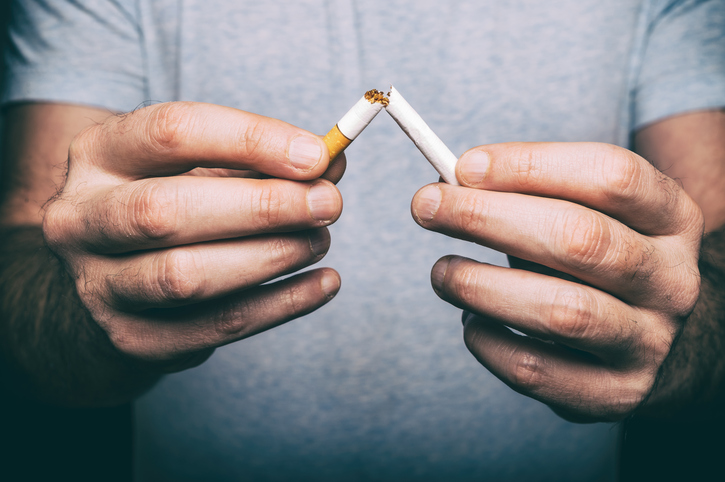
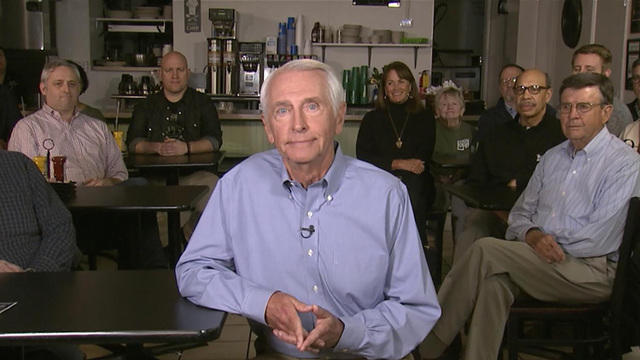





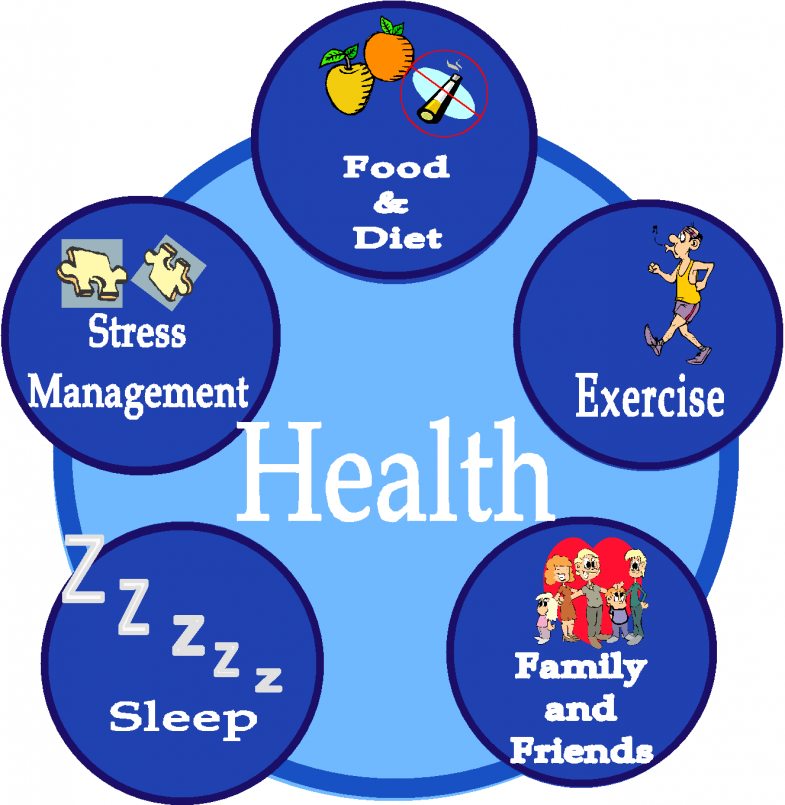

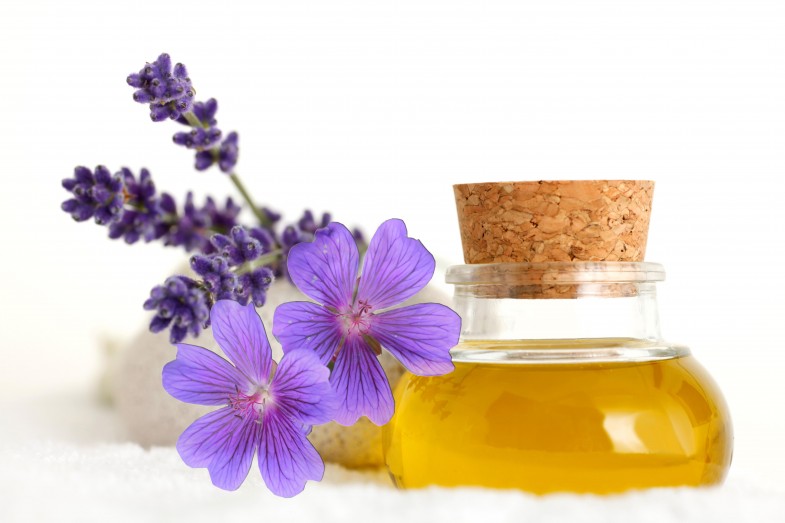
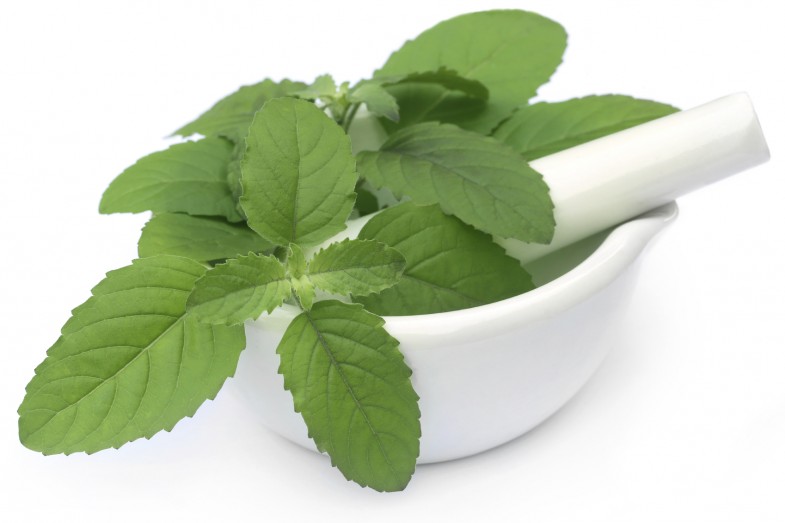

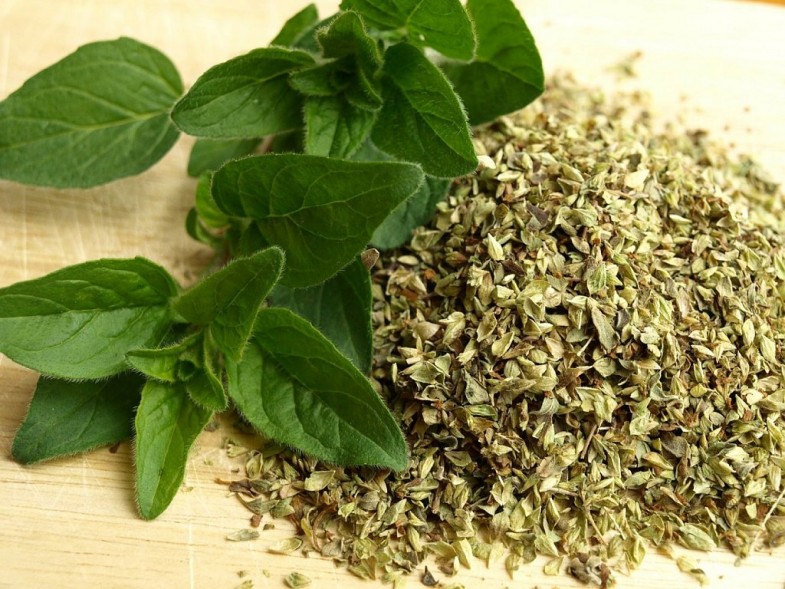

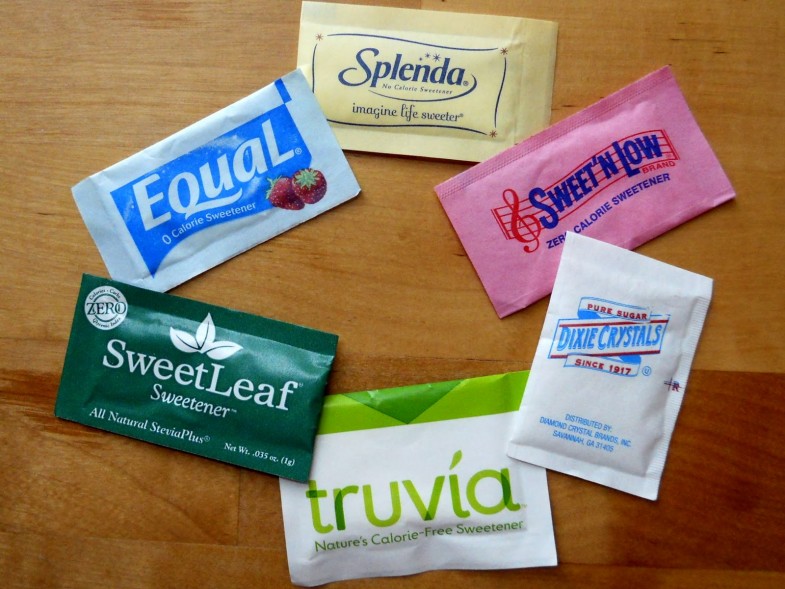



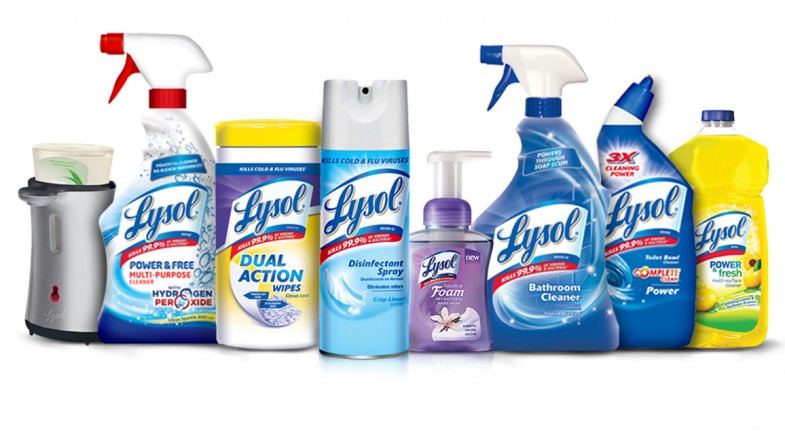
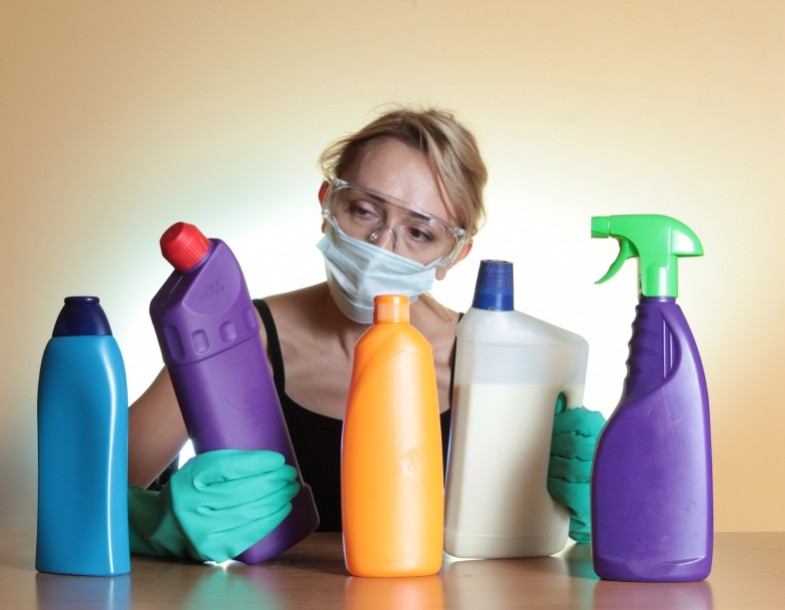
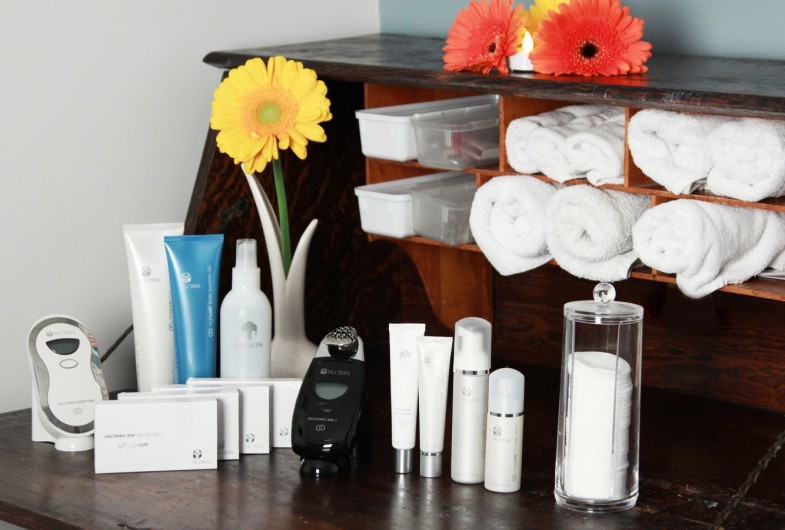

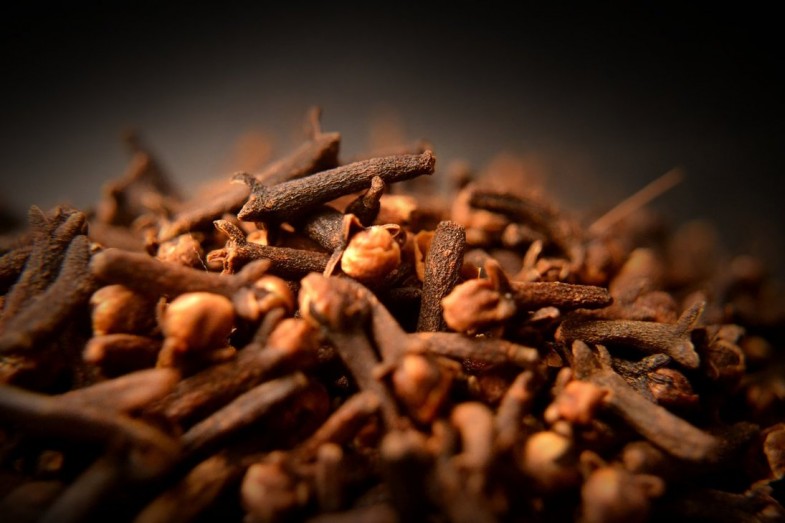
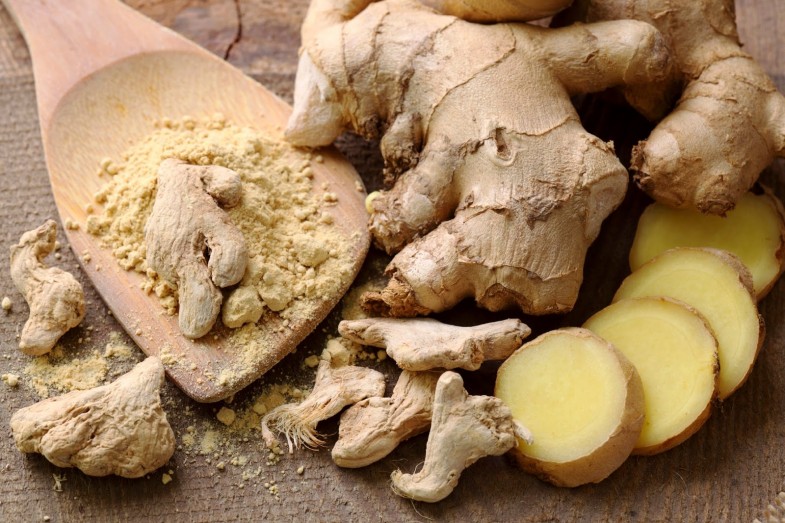
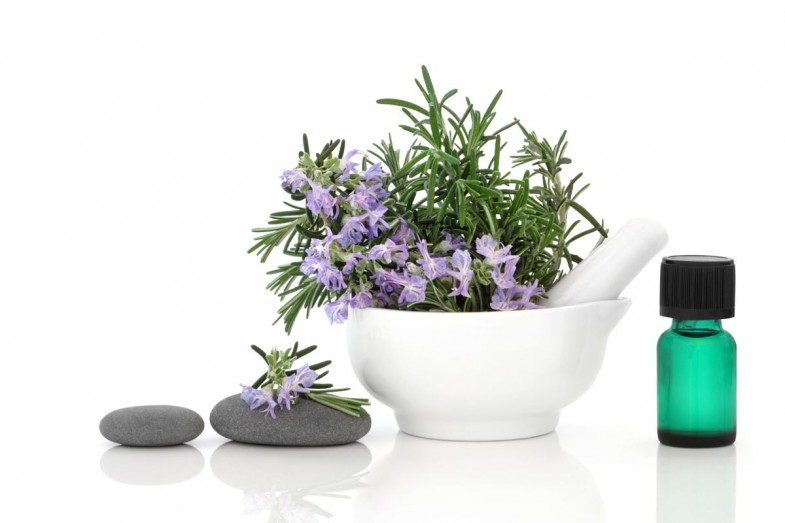
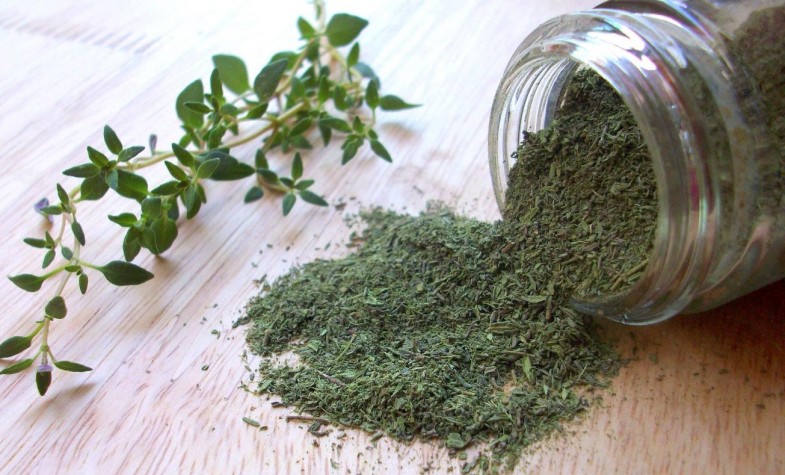


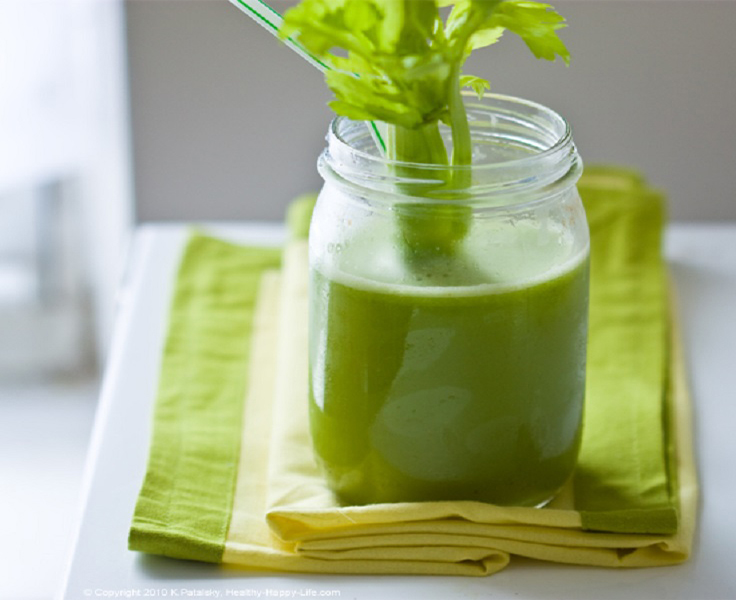



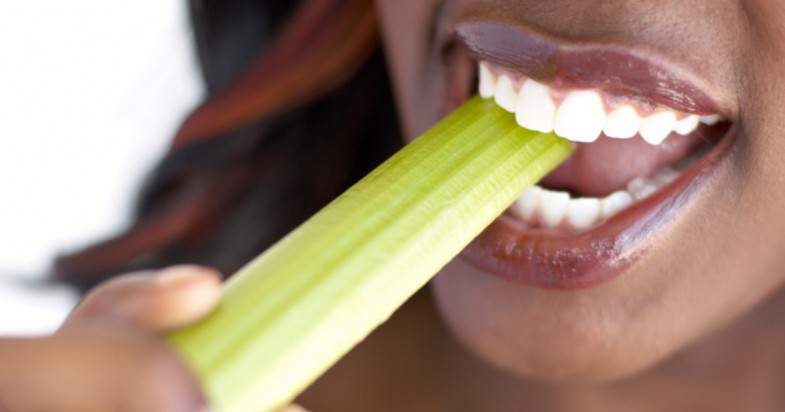
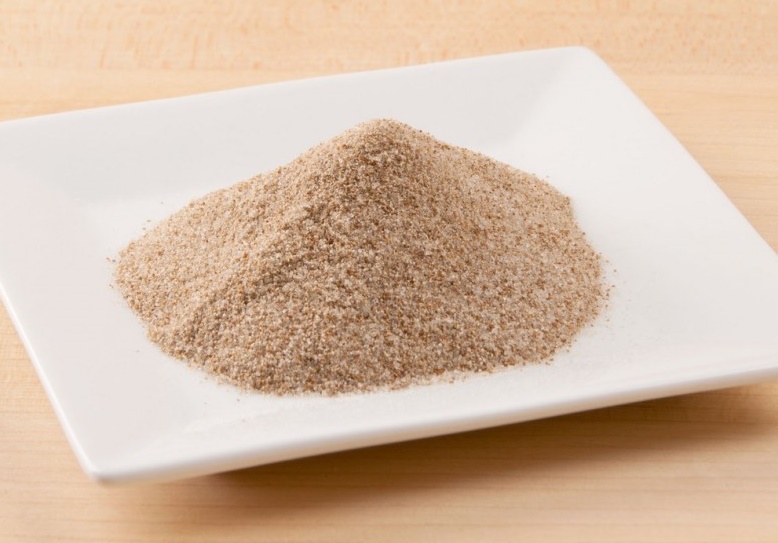




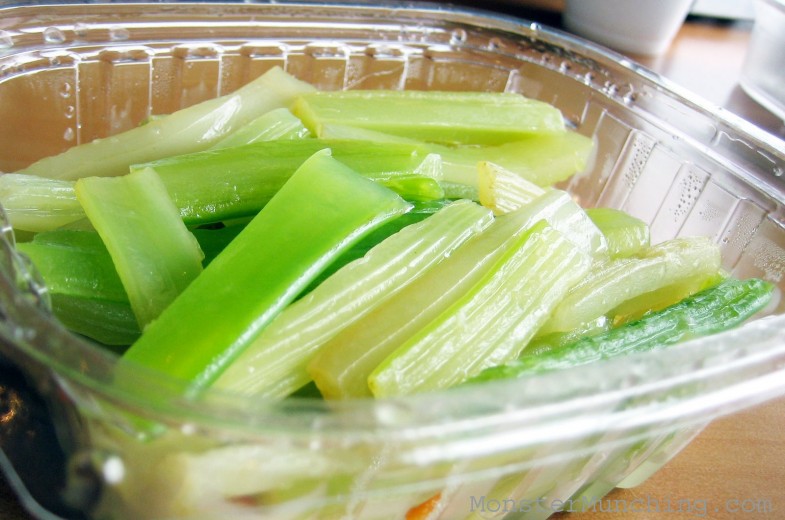
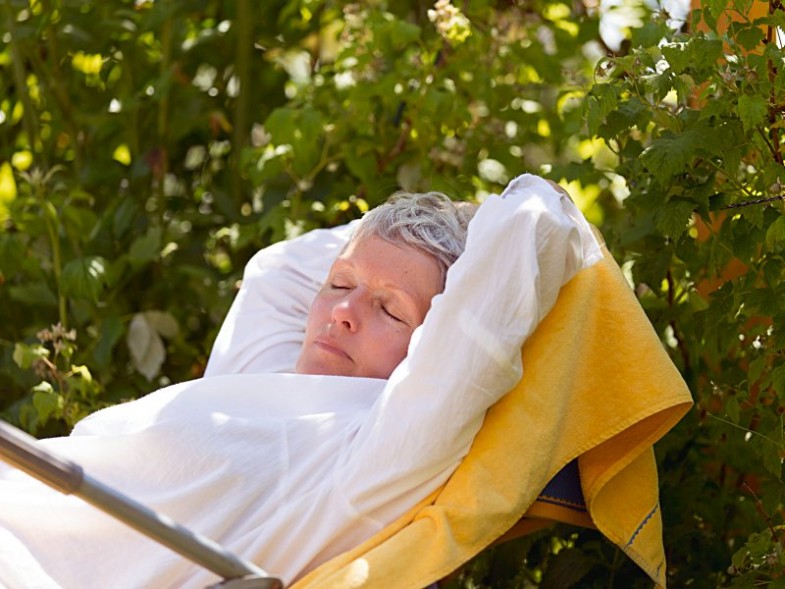





 Robert Anderson, Jr.
Robert Anderson, Jr.